Quick Links: About Farrell | About Raffaele | Contact
Farrell Monaco and Raffaele Cirillo of Tavola Mediterranea bring the archeology, imagery, customs, and flavours of Ancient Rome to the modern table via publishing, public education, immersive experiences and culinary master class events in Italy, the UK and the USA.
Farrell Monaco – Owner and Editor-in-Chief
Farrell Monaco is an award-winning Classical archaeologist, baker, and food-writer whose research centers on food preparation, breads and pastries in the Graeco-Roman Mediterranean. She holds a BA (hons) and MA (hons) from the School of Archaeology and Ancient History at the University of Leicester in Britain and is also a current honourary visiting fellow at the same institution. She is also an Associate of St. George’s House, Windsor Castle. Farrell has worked as a team-member on Roman food archaeology projects at Monte Testaccio (Rome, Italy) with CEIPAC (University of Barcelona); The Pompeii Food & Drink Project (Pompeii, Italy) with an American university consortium; and Investigating the Archaeology of Death at Porta Sarno Necropolis (Pompeii, Italy) with Universidad Europea de Valencia.
Outside of her academic work at the University of Leicester, Farrell is known for her public education work and experimental archaeology projects where she recreates Roman foods using instruction and ingredients sourced from the archaeological, written and pictorial records. She writes regularly on the role of food and food preparation in Roman daily life on her site, Tavola Mediterranea, and publishes in both English and Italian. Farrell has written exclusively for Atlas Obscura and the BBC. Her work has been featured prominently by National Geographic, Popular Science, Esquire Magazine (Italy), Men’s Health Magazine (Spain), The Atlantic, Atlas Obscura, SAPIENS Magazine, the BBC, The Guardian, The Economist, Milk Street, Dissapore Magazine (Italy), Fox LA, The Ancient History Encyclopedia. In November of 2020, Farrell co-produced, wrote and presented a video on the history of the date palm fruit with The Getty Museum in Los Angeles, USA.
In 2019, Farrell launched ‘The Old School Kitchen’, a public education programme that continues the immersive process of exploring food history through lectures and hands-on ‘edible archaeology’ workshops for participants in public and educational settings. Recent bookings and co-productions include NYU London (UK), Fishbourne Palace (UK), University of Southern California (USA), Eataly Los Angeles (USA), The Italian Chamber of Commerce – West (USA), The University of Leicester (UK), Roman Leicester, The State University of New York (USA), The Rivers School (USA), Trinity College Dublin (Ireland), The Dallas Museum of Art (Dallas, TX), The Walters Museum (Baltimore, MD), Castello di Potentino (Seggiano, IT), Spazio Sinopie (Rome, IT), Museo Archeologico Nazionale di Firenze (Florence, IT), Museo Civico Archeologico d’Anzio (Anzio, IT), and Trinity College Dublin (Dublin, IE), and The Getty Museum (Los Angeles, USA). In 2021, she was featured as a key food industry innovator in the Atlas Obscura series: Sparked.
Farrell is the recipient of the Master’s Dissertation Prize from the Roman Society (2024); the Vaughn Prize for Community Engagement and Outreach from the University of Leicester (2021); the John Wacher Dissertation Prize in Roman Studies by The University of Leicester (2019), the Best Special Interest Food Blog Award by Saveur Magazine (2019). She is an honorary visiting fellow at the University of Leicester.
Farrell is currently awaiting publication of her first book chapter in The Bloomsbury Handbook of Experimental Approaches to Roman Archaeology, to be published by Bloomsbury Academic (UK), in addition to a chapter contribution to a large edited volume on the archaeology of Roman consumption, to be published by BAR Publishing (UK).
In March of 2022, she joined the ranks of Buddy Valastro, Tartine, and Nancy Silverton by launching her own online bakery – Pistrinum by Tavola Mediterranea – in partnership with Goldbelly, Inc. All proceeds from the recreated Panis Quadratus loaves are donated directly to Forum dei Giovani, a youth charity association in Pompei, Italy.
Farrell is an active member of EXARC, a global organization of experimental archaeologists. She resides in Malibu, California with her husband and 3 dogs.
Raffaele Cirillo – Editor, Business Relations (Italy)
A long-time resident of Scafati (Campania), Raffaele Cirillo is a beloved fixture in his community and at the archaeological site of Pompeii. Having worked for 2 years as director of the publishing house Edizioni Flavius, Raffaele has been an integral player in publishing books related to the archaeology of Pompeii and the surrounding Bay of Naples area. In 2015, Raffaele began working as a project manager for various archaeological projects in Pompeii and Rome. In 2018, he and Farrell met while working together on a dig at Pompeii and it was there, among the ruins and stray dogs, that through their mutual love of archaeology, food, and animals, they formed a sibling-like bond and a desire to work together on future projects.
In addition to his work with Farrell, Raffaele’s other projects involve writing for Il Gazzettino Vesuviano covering the ancient and modern cultural heritage of the Vesuvian people and territories. A naturalist at heart, Raffaele finds beauty in animals, nature and plants. In his spare time, he also volunteers in hospitals and retirement homes serving the communities of Pompei and Scafati.
Contact Information
Press, media and interview requests can be directed to: [email protected]
American and UK event booking inquiries can be directed to: [email protected]
Italian event booking inquiries can be directed to: [email protected]
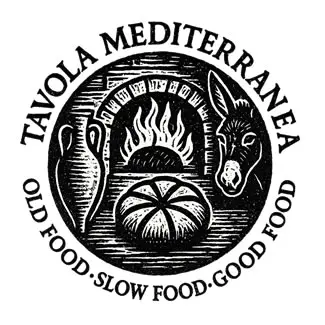
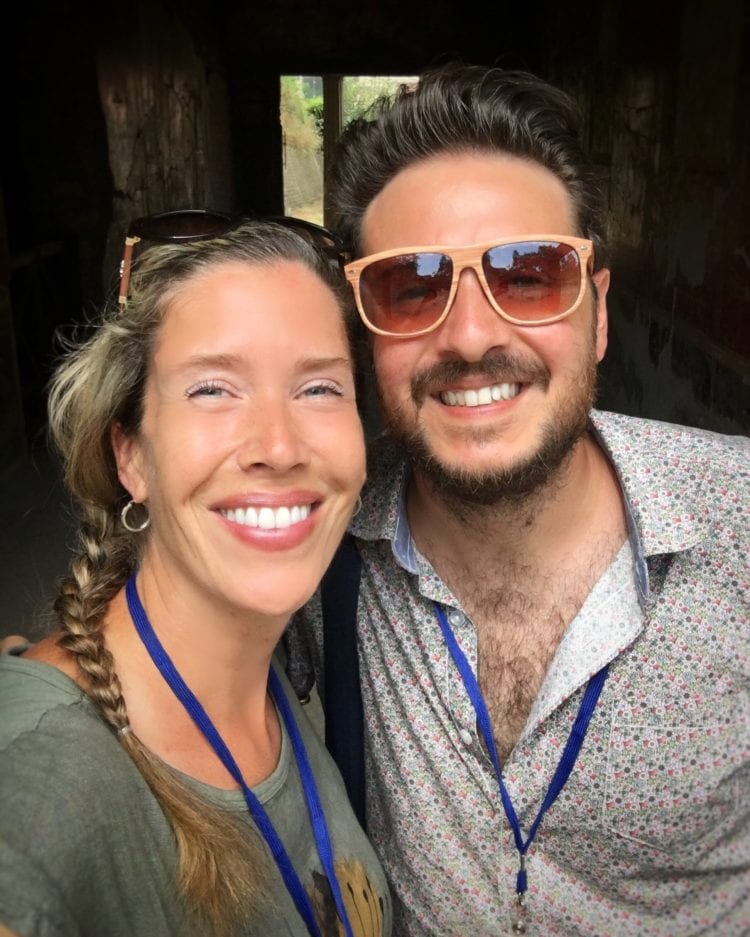
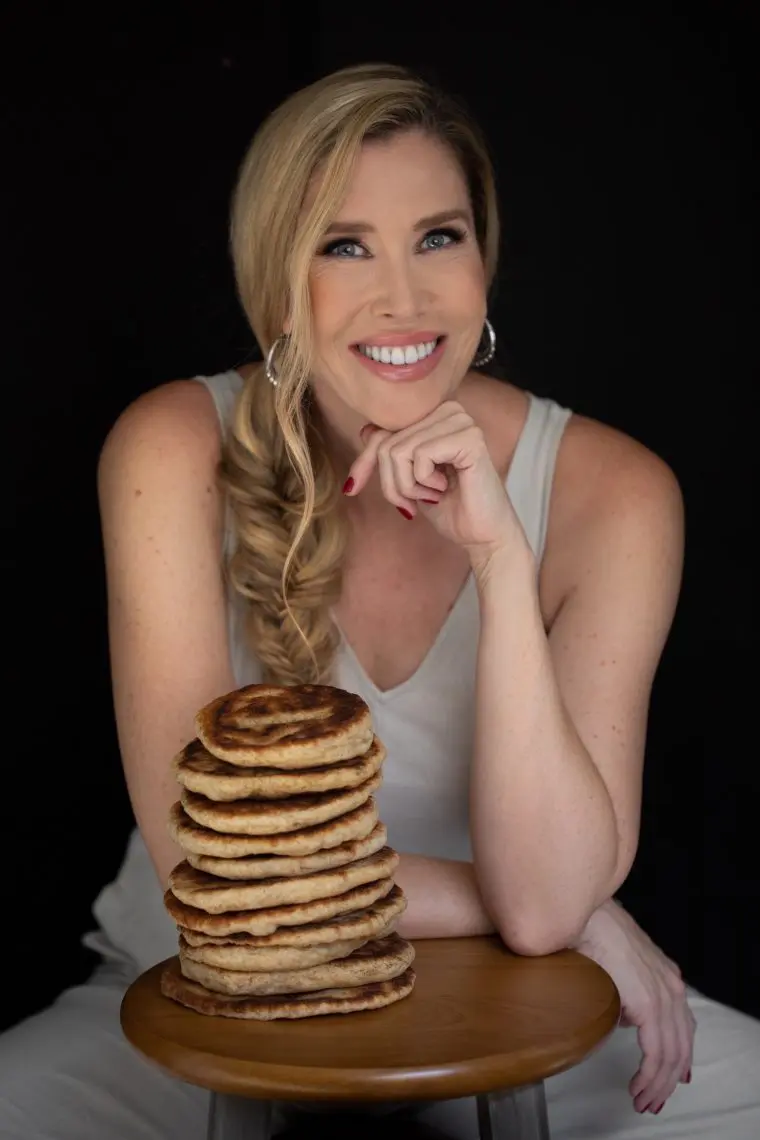

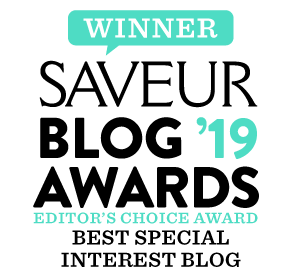

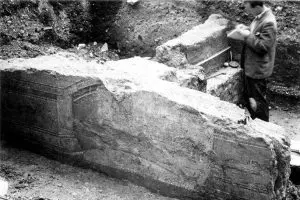
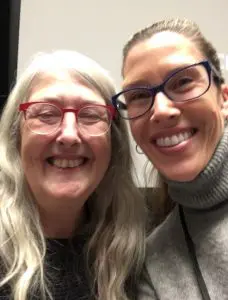

I am interested in Assyrian related recipes and cooking tools!
Dear Farrell,
I just read your essay on the bread of Pompeii: it is fascinating and I and plan to try it, but I noticed your disclaimer about this recipe differing from what your research has revealed about the original bread. I am curious to know in what ways that differed from what you offer as a present-day recipe. Different flour, perhaps, or…??
All will be revealed in December when the book chapter comes out! https://www.bloomsbury.com/us/bloomsbury-handbook-of-experimental-approaches-to-roman-archaeology-9781350217836/
There is a photo (somewhere!) in a National Geographic magazine issue of “bagels” being sold in a market in a pole (Tibet? Mongolia?). One writer quipped that he has to go to Mongolia to get a decent bagel. In my neighborhood, vendors of spun sugar/in a cone now have the cones wrapped in plastic bags but hanging from poles. The spun sugar is blue and pink.
Also, one of my favorite cook books is
Solomon, Jon and Julia. Ancient Roman Feast and recipes, adapted for Modern Cooking. 1977. (unfortunately, they used ancient Greek illustrations!!)
Many thanks for the article through the BBC
Nancy L. Fagin
Chicago
Love your work. Since my parents were Greek immigrants to the United states, I was raised on, and have always enjoyed, traditional Greek cooking, especially now as an adult.
Recently I read that the most ancient record of cheese cake was from 700 BC at the first Olympic Games in Greece. It was the prize for the wining athlete: reportedly it was goat cheese, wrapped in pastry dough and cook in honey.
It would be interesting to reconstruct the recipe and see what it it like. I thought this might be an interesting distraction for you. and a fun food experiment as well. Have you ever ran across this earliest record of a cheese cake?
Give me time! 🙂 I’ll circle back.
love your site
Thanks Salvatore! I love your name!
I just read your page about Pliny the Elder’s Chickling Vetch sourdough starter.
Where can we find the dried chickling vetch peas you mention? Amazon searches come up empty, and more general searches lead me to stores in Europe.
I find them at Italian family-run shops. You may try Gustiamo online, they’re in the Bronx in NY. If no luck, search for ‘cicerchie’ online and see if anything pops up.
Ave Domna Farrella,
I’ve been leaning heavily on your site for inspiration and guidance, for the Saturnalia feast which happened Monday at our local school. Like another poster, I was giddy to discover your site. The world needs more recreationist nerds who build Roman ovens in their back yards! I appreciate how you bring your scholarship to the people in a very accessible manner, and make it easy to follow your successful experiments. I thought I’d offer you a Roman-inspired recipe back again. If the Romans made potages or “stewps”, all the following ingredients were available to them, it seems. We had this at the feast and there were hardly any leftovers.
Umbellifer Dinner
1 cup pot barley
2 quarts water
Get barley cooking while you chop veggies. It will need about an hour.
Chop half an onion into the barley pot, to keep it company.
Meanwhile, chop 4 celery stalks, 1 fennel plant, and 5 smaller parsnips to bite-sized pieces.
Fetch dill, celery salt, coriander leaves, and fennel seeds (bruise them in your mortar). If you have parsley, lovage, and caraway, that’s good too.
When the barley is getting al dente, add the vegetables and some veggie stock if you have it; otherwise add water sufficient for cooking, and add a greater quantity of the herbs listed above.
Add whole wheat flour to thicken the broth.
When broth is thick enough, add a drizzle of olive oil (pomace is okay).
Add the herbs after the oil, and mix well
Let simmer until veggies are softened to taste.
Remove from heat. Let stand a few minutes so as not to burn your tongue, then serve.
Except the onion, all the vegetables and herbs are in the same botanical group, the umbellifers. They are a very tasty group, but not every plant in it is hazard free or even edible. Some cause photosensitivity to a greater or lesser degree, like cow parsnips and giant hogweed. Some cause numbness in the mouth–even celery. And of course there are several kinds of water hemlock which are poisonous, as Socrates demonstrated. Don’t add these to the potage!
Hi!
Trying to make the monster sourdough starter – I just fed it the second time (still flat at this point). Is this normal? Also, what should it smell like – it has a very strong smell (a bit boozy but no longer 100% boozy as it smelled after 4 days before feeding). I see no mold or signs of it going bad (foaming and such) – it’s just smelly and flat… Have I ruined it?
Thanks!
Slava
Hi Slava! Did you take another run at this? Have you got a starter up and running? – Farrell
Hello, Regarding your 48 Hour Bread video on YouTube; am I correct in saying that the Bread still rises/leavens despite being in the airtight Container ?
Thank You, IAC.
Correct! But do cover it to keep it moist. – Farrell
Wow, just wow. I surfed in on a random query from Quora about bread carbonized in Pompei, and I’ve been reading your articles about recreating Roman bread for at least the last hour. I can’t remember the last time I got so excited to realize there are other nerdy, bookish, history-loving women in the world and I want to be just like you when I grow up. (I’m already 43, but it might happen someday.) Anyway I wanted to immediately send you an email proposing that we become best friends for life but then I read your biography and realized you probably don’t have time to come over for dinner, but if I could actually have you over I definitely would. Thanks for the recipes and the inspiration. Seeing your joy in learning and sharing has absolutely rocked my morning, and even though I’m much better at reading about things than doing them, I love knowing the instructions for roman bread are here if I want them again. Cheers!
I enjoyed your videos and am interested in Etruscan & Tuscan Organic cooking.
Ciao,
Marco
Thank you Marco!
I’d very much like a copy of the recipe you showed for Apicus Tiropatina. Hope I spelled it correctly. Usually I am able to copy, cut and paste from a site when a recipe sounds delicious but in your case I couldn’t. Can you send please email it to me? Thank you/grazie
Hi Judy! You should be able to print it just fine, as well as print to PDF.
Judy, don’t right click tpo print, but use the browser drop-down to print the piece instead. That’ll work just fine.